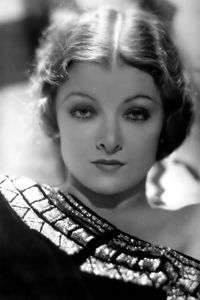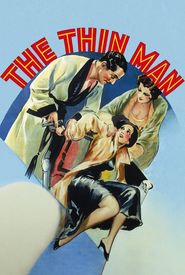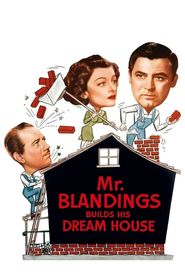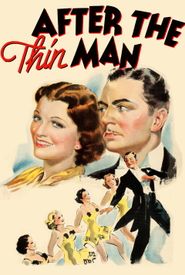Myrna Williams, later renowned as Myrna Loy, was born on August 2, 1905, in Helena, Montana. Her father, the youngest person ever elected to the Montana State legislature, instilled in her a strong sense of determination and resilience. After her father's untimely death from influenza at the age of 13, Myrna's family relocated to Los Angeles, where she would spend the majority of her formative years.
Myrna's early life was marked by tragedy, yet she found solace in the performing arts. At the age of 15, she began appearing in local stage productions, including those held at the now-famous Grauman's Theater in Hollywood. Her talent and dedication soon caught the attention of Mrs. Rudolph Valentino, who helped her secure a role in the film industry.
Myrna's early career was marked by small, bit parts, including a role in the 1925 film "What Price Beauty?" and "Pretty Ladies" alongside Joan Crawford. She quickly became typecast as an exotic femme fatale, a role that would define her early years in Hollywood. However, she longed to break free from this stereotype and showcase her range as an actress.
In 1926, Myrna landed a contract with Warner Brothers, which led to her first starring role in "The Caveman." Although she continued to appear in small roles, she remained determined to prove herself as a talented actress. Her big break came in 1927 with the film "Bitter Apples," which earned her star billing.
Myrna's contract with Warner Brothers eventually expired, and she signed with MGM, where she landed two significant roles: "The Prizefighter and the Lady" (1933) and "The Thin Man" (1934) alongside William Powell. Her portrayal of Nora Charles in "The Thin Man" cemented her status as a Hollywood legend, and she went on to star in five more films in the series.
Throughout the 1930s and 1940s, Myrna remained a box-office draw, earning the title of Queen of the Movies in 1936. Her popularity waned during World War II, as she devoted herself to the war effort, working with the Red Cross and appearing in only a few films.
After the war, Myrna's career experienced a resurgence, with notable roles in "The Best Years of Our Lives" (1946),"The Bachelor and the Bobby-Soxer" (1947),and "Mr. Blandings Builds His Dream House" (1948). She continued to act throughout the 1950s, but her roles became fewer and farther between. By the 1960s, she had largely retired from film, appearing in only a handful of projects, including "Midnight Lace" (1960) and "The April Fools" (1969).
In the 1970s and 1980s, Myrna primarily worked in television, with a few notable exceptions, including "Airport 1975" (1974) and "The End" (1978). Her final film appearance was in "Summer Solstice" (1981),and her final acting credit was a guest spot on the sitcom "Love, Sidney" (1982).
Throughout her remarkable 88-year life, Myrna Loy left an indelible mark on the film industry, appearing in a staggering 129 motion pictures. She was buried in Helena, Montana, where her journey began, a testament to her enduring legacy as a Hollywood legend.























































































































